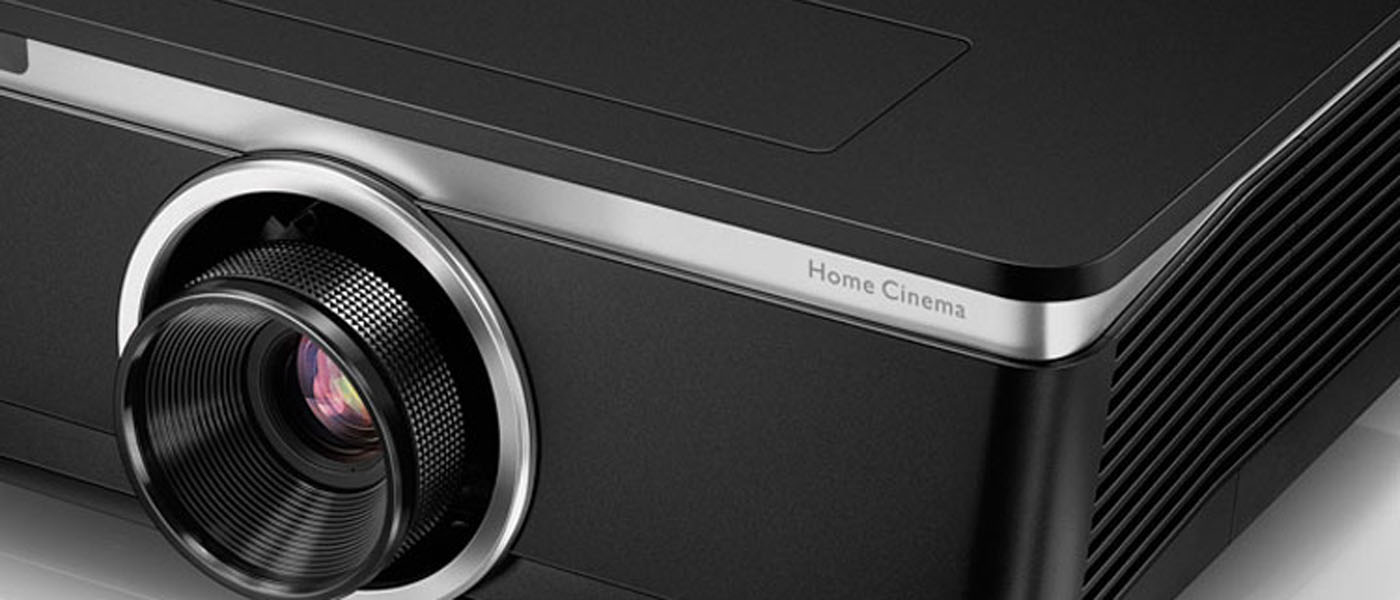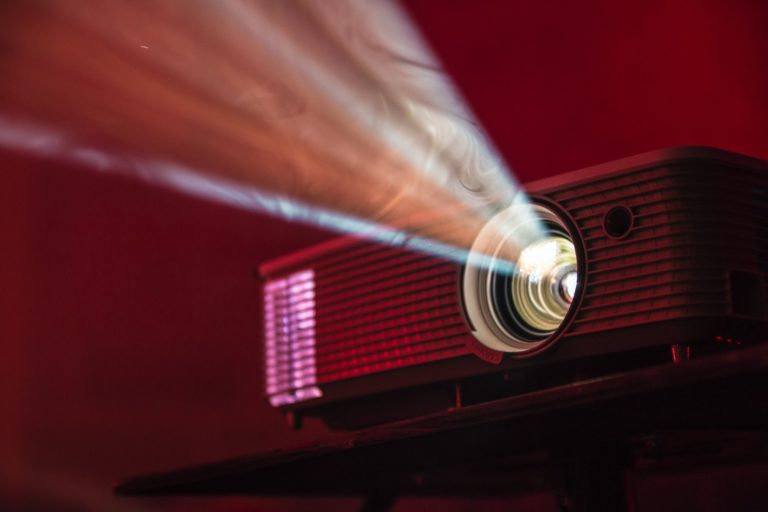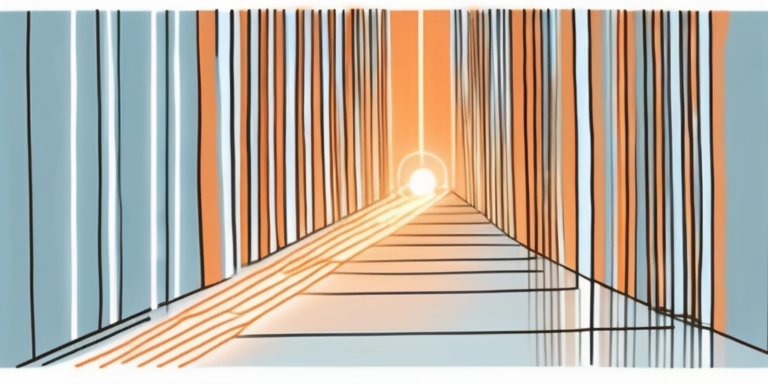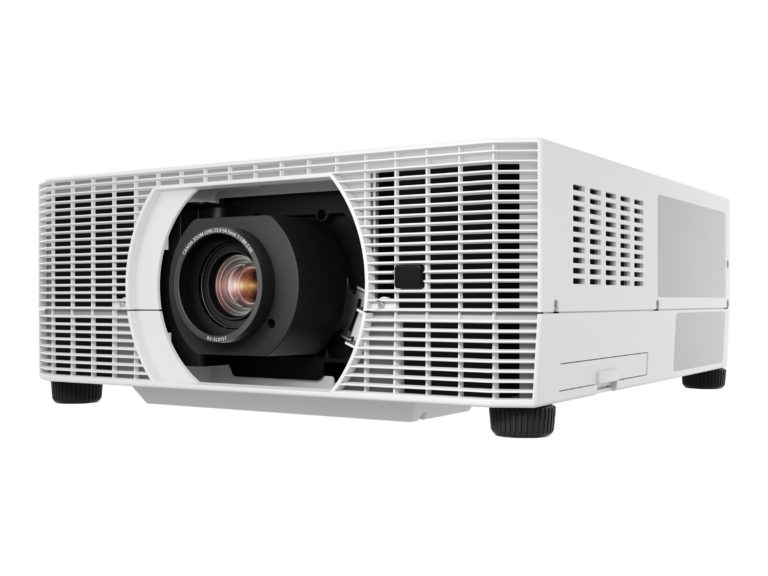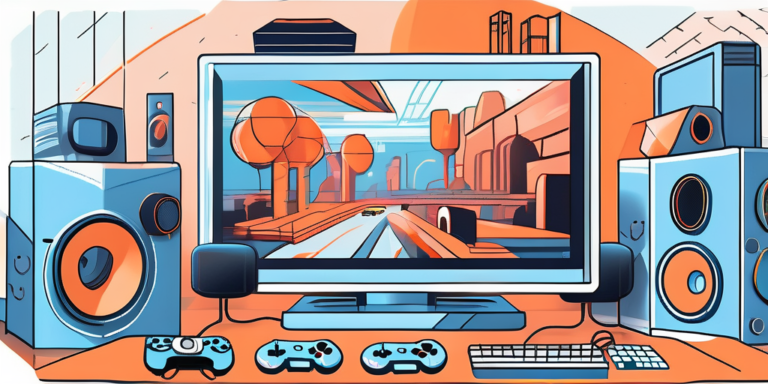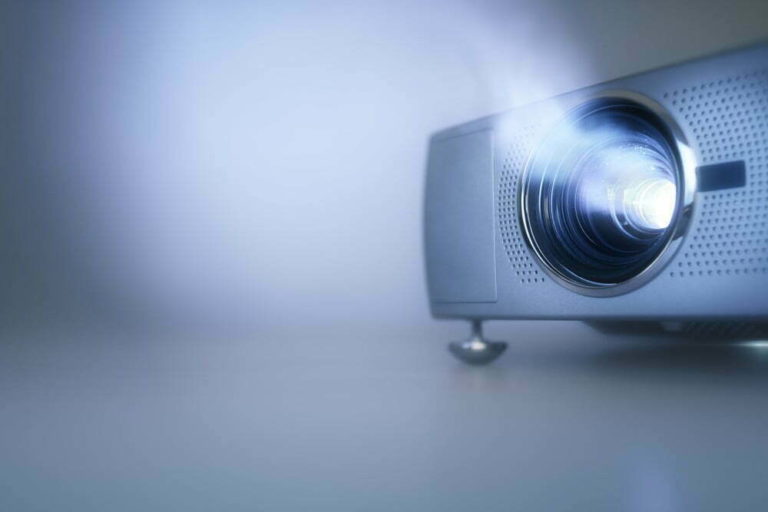Are you contemplating the purchase of a new projector? If this is the case, you may be thinking if a DLP (Digital Light Processing) projector is the best option for you. In this post, we will examine the operation of DLP projectors, their primary benefits and drawbacks, and address some often asked issues regarding their use and maintenance.
How do DLP projectors function?
Digital micro-mirror devices (DMD) are utilized by DLP projectors to project an image onto a screen or surface. Each of the DMD’s millions of tiny mirrors corresponds to a single pixel in the projected image. The mirrors are placed in a grid and may be angled to either reflect or not reflect light. This enables the projector to create a high-resolution image by precisely reflecting light onto the screen.
Are DLP Projectors More Capable?
There is some disagreement as to whether DLP projectors are preferable to LCD (Liquid Crystal Display) or LED projectors (Light Emitting Diode). Some contend that DLP projectors provide superior image quality with deeper blacks and more accurate color reproduction. Others assert that LCD and LED projectors have caught up with DLP projectors in terms of picture quality, and that DLP projectors have other disadvantages, such as the possibility of “rainbow effect” (a phenomenon where a rainbow-like pattern is visible on the screen during fast-moving scenes). The decision between DLP and other projector types will ultimately depend on your particular demands and preferences.
What Are the Primary Benefits of DLP Projectors Compared to LED Projectors?
DLP projectors have a higher contrast ratio than LED projectors, which refers to the difference between the darkest and brightest portions of a picture. DLP projectors often have a higher contrast ratio than LED projectors, allowing them to generate images with deeper blacks and greater detail. Additionally, DLP projectors are often smaller and lighter than LED projectors, making them more portable and simple to install.
What is the lifespan of a DLP projector?
The lifespan of a DLP projector might vary based on a variety of factors, such as its frequency of usage and maintenance. It is fairly uncommon for DLP projectors to last substantially longer than the standard lifespan of several years. To prolong the life of your DLP projector, you must treat it with care, maintain it clean, and adhere to the manufacturer’s maintenance schedule.
How much upkeep do DLP projectors require?
DLP projectors do not require a great deal of care, but they must be kept clean for best operation. Regularly dust the projector and its filters, and use a cleaning solution formulated exclusively for projectors to eliminate dirt and grime. Additionally, you should replace the projector’s filters every few months to prevent dust accumulation.
Do DLP Projectors Require Lamps?
Most DLP projectors rely on lasers or LEDs as light sources, as opposed to light bulbs. This implies that they do not need to be replaced as frequently as typical projector bulbs, which can save maintenance expenses dramatically during the projector’s lifetime.
How Many Lumens should a DLP Projector have?
The lumens (a measure of light output) of a DLP projector should be sufficient to produce a bright, clear image in the intended room or location. In general, a projector with a greater lumen count will be able to generate a brighter image, but other parameters, such as the size of the screen or surface being utilized and the ambient light in the room, must also be considered.
Should DLP Projectors Be Warmed Up Prior to Use?
DLP projectors are not need to be warmed up prior to usage, however it is recommended to allow them to warm up for a few minutes prior to turning them off. This can help to extend the projector’s life and assure its optimal performance.
Are there any things that DLP projectors can’t do?
DLP projectors have a few potential downsides to consider. Some viewers may find the possibility of “rainbow effect” disturbing and bothersome. Due to the intricacy of their internal components, DLP projectors may be more costly to repair than other projectors. In addition, DLP projectors may produce a “screen door” effect, where the spaces between the mirrors are apparent on the projected image. Notably, DLP projectors may not be suited for use in certain situations, such as those with high humidity or temperatures that are too high or low.
Conclusion: DLP projectors are a popular option for home theaters, classrooms, and other environments requiring high-quality picture projection. They offer a variety of benefits, such as high contrast ratios, small size, and low maintenance needs, but there are also potential disadvantages, such as the possibility of rainbow effect and screen door effect. Whether or not a DLP projector is the best option for you depends on your particular requirements and preferences.
